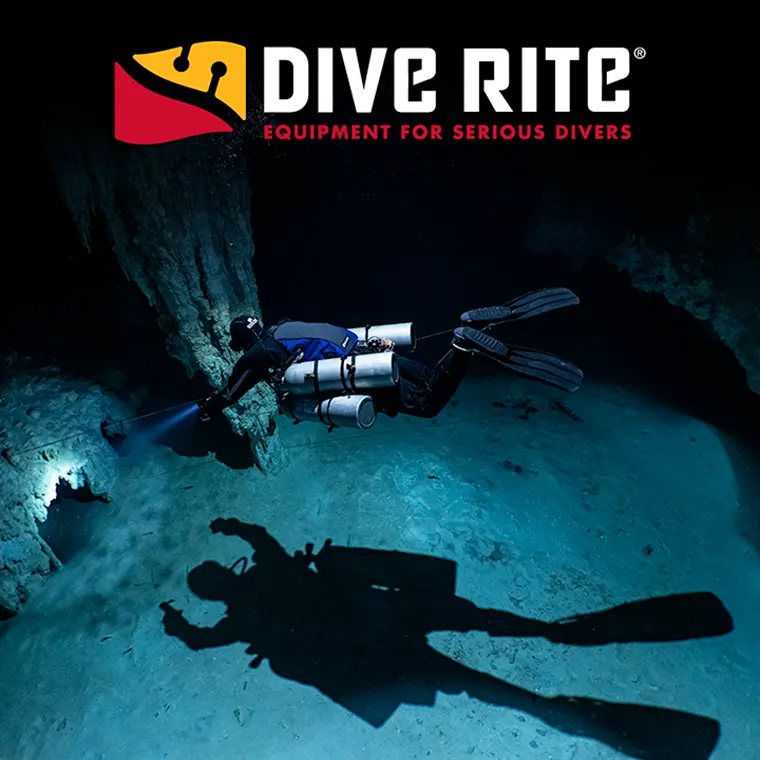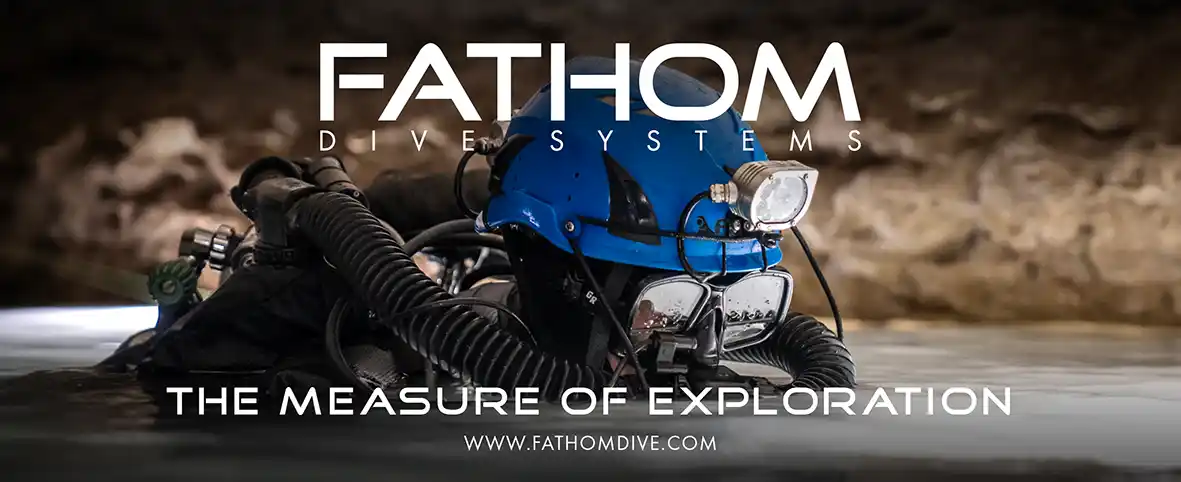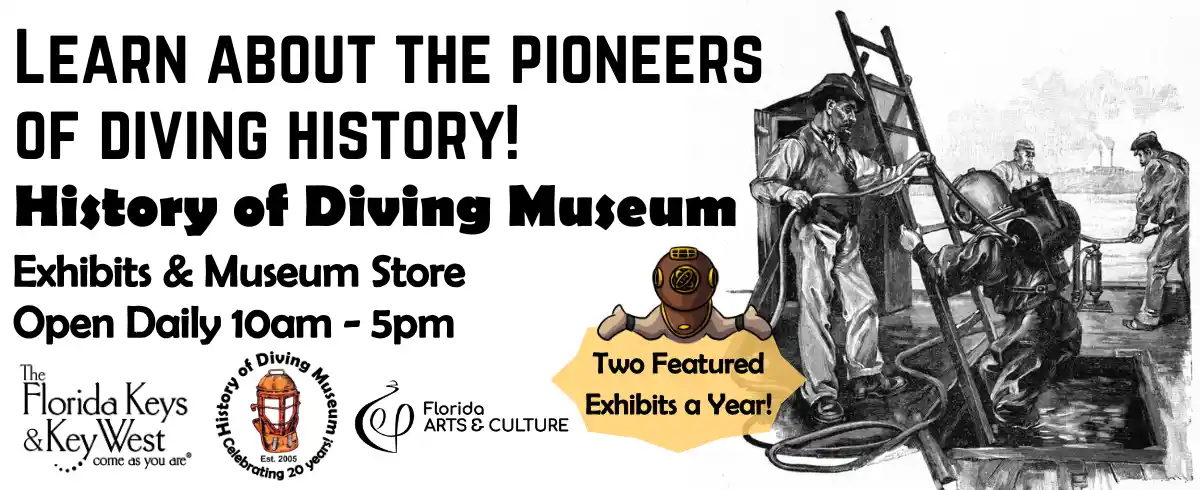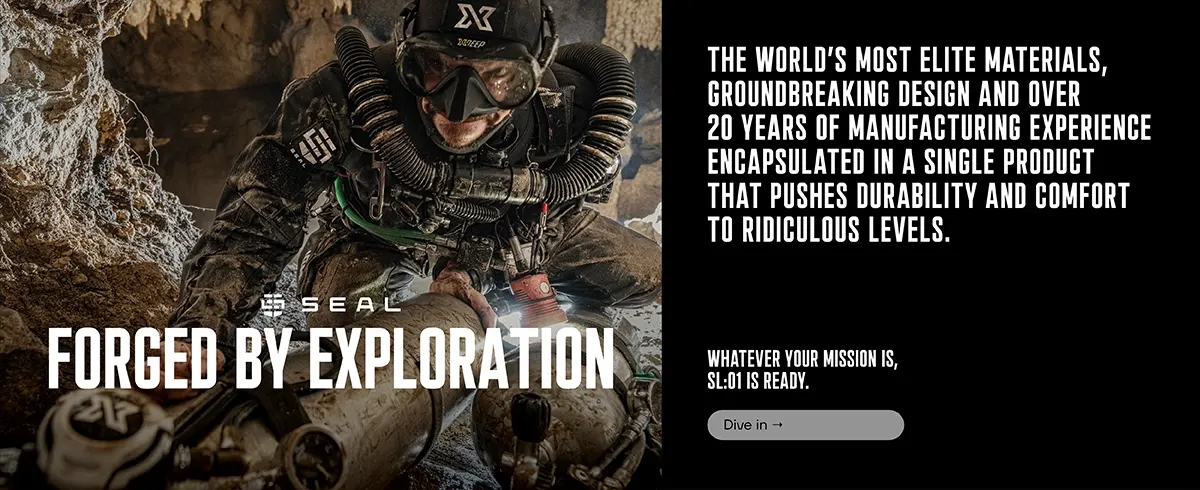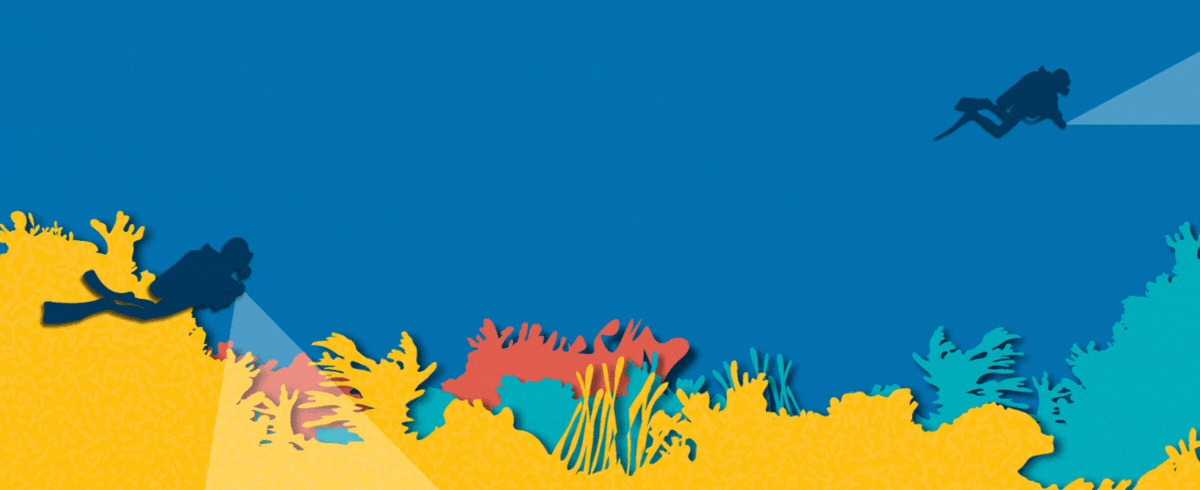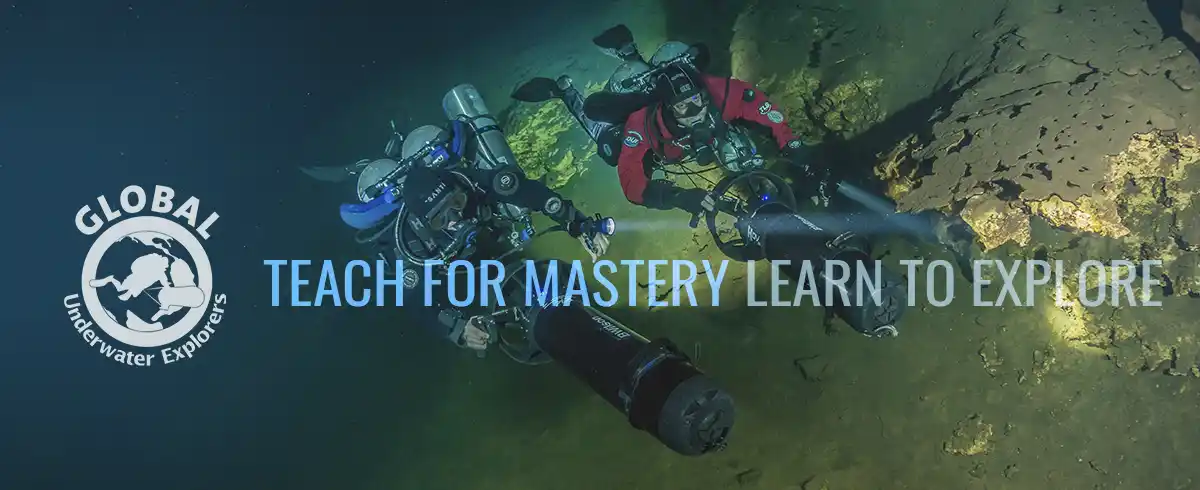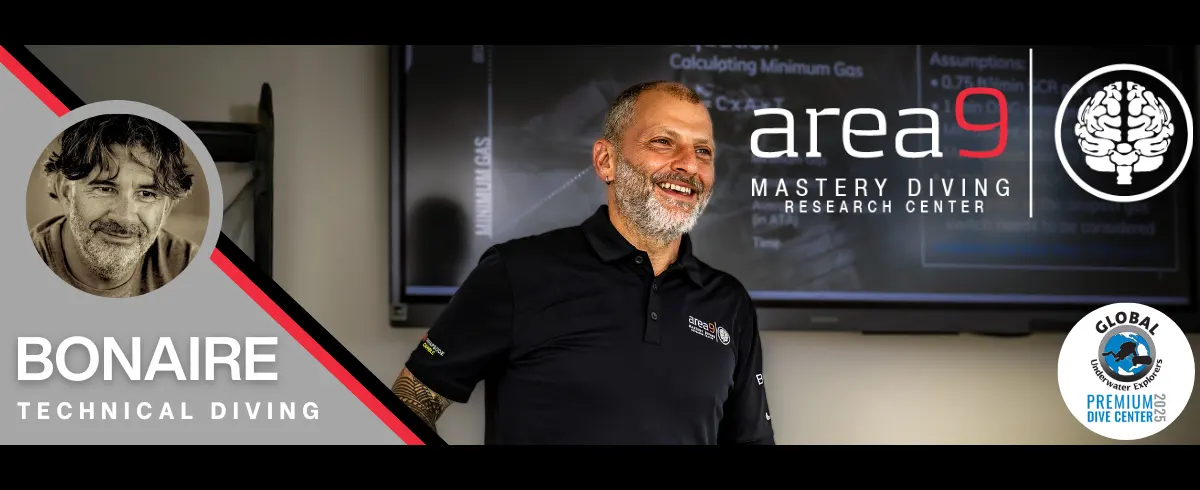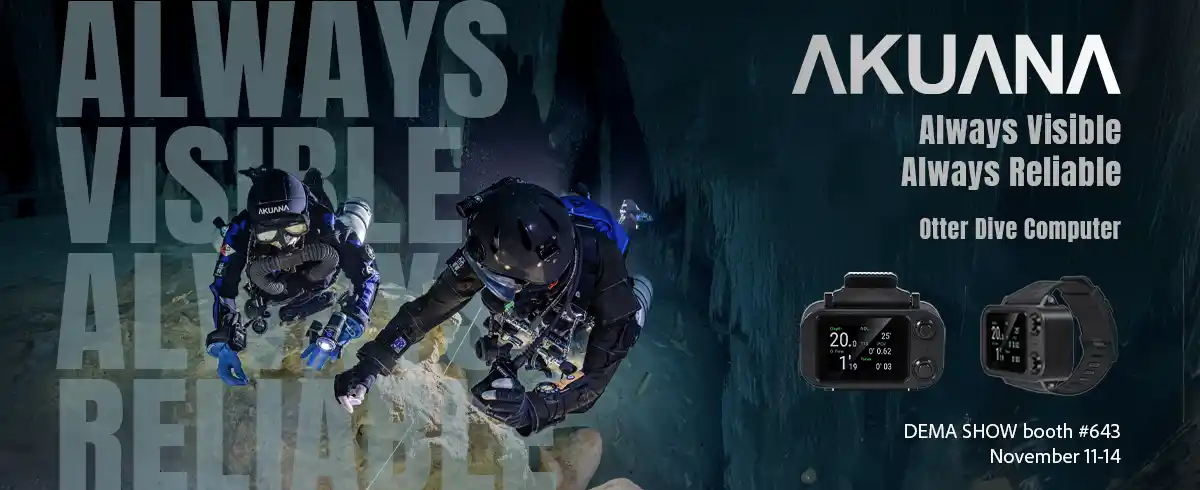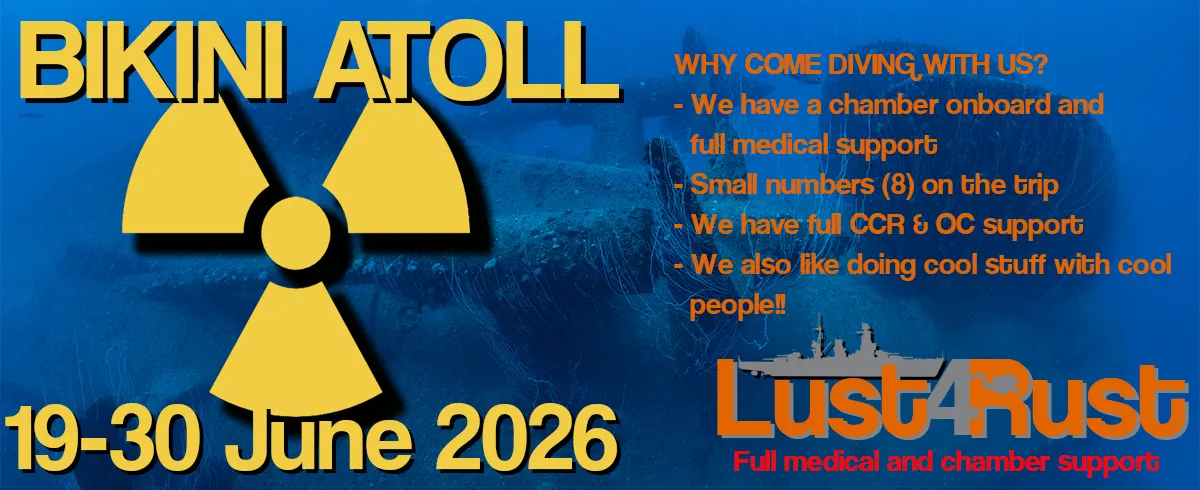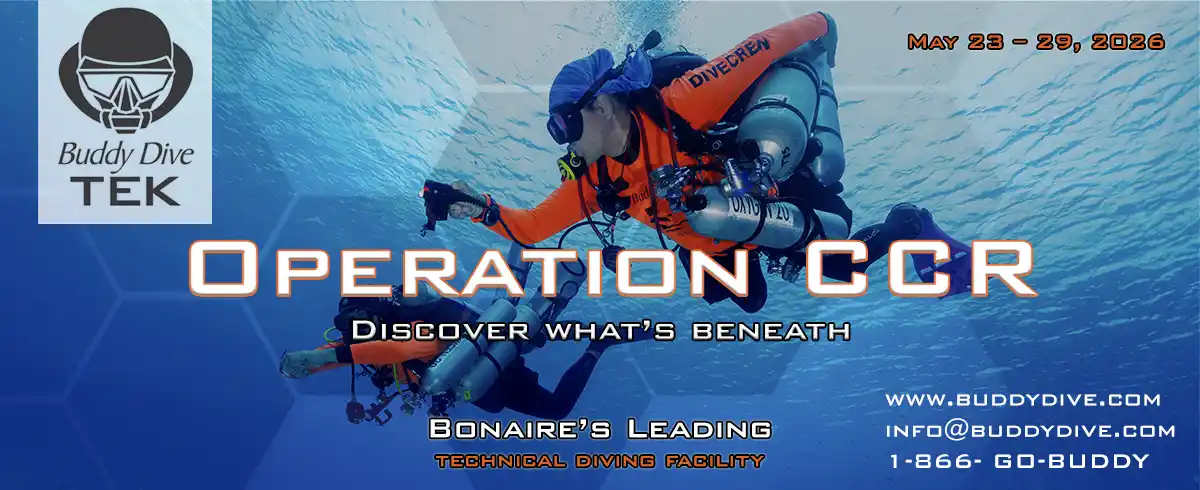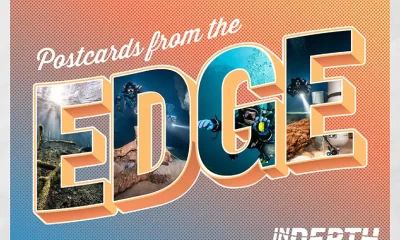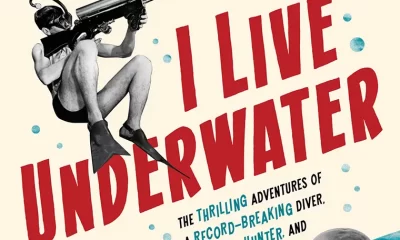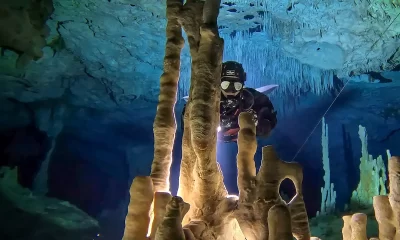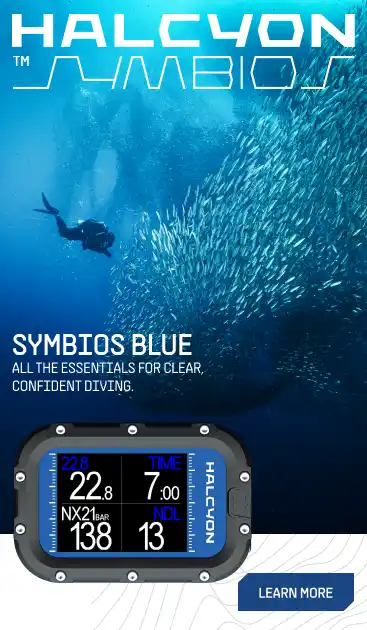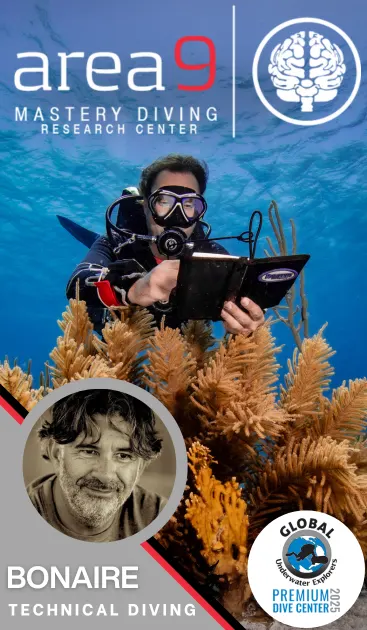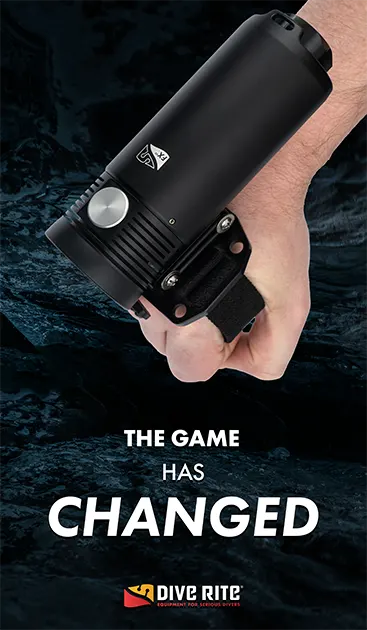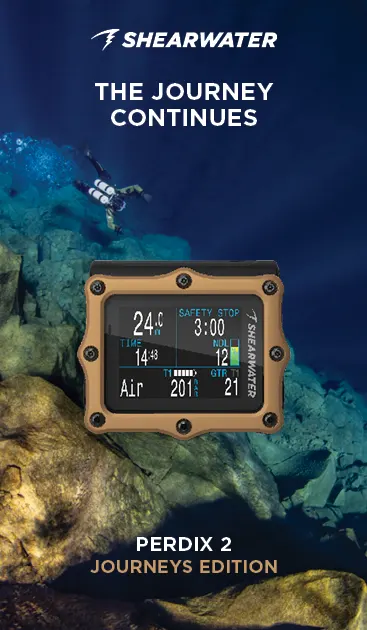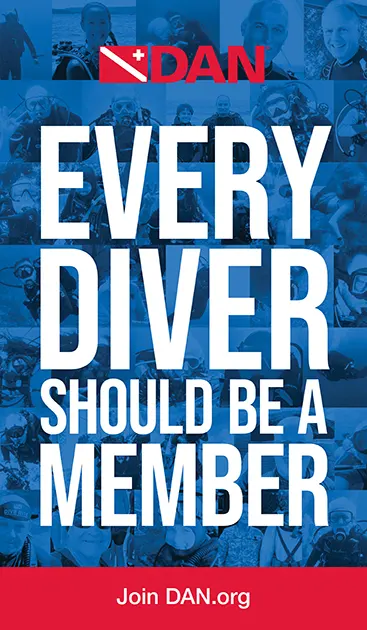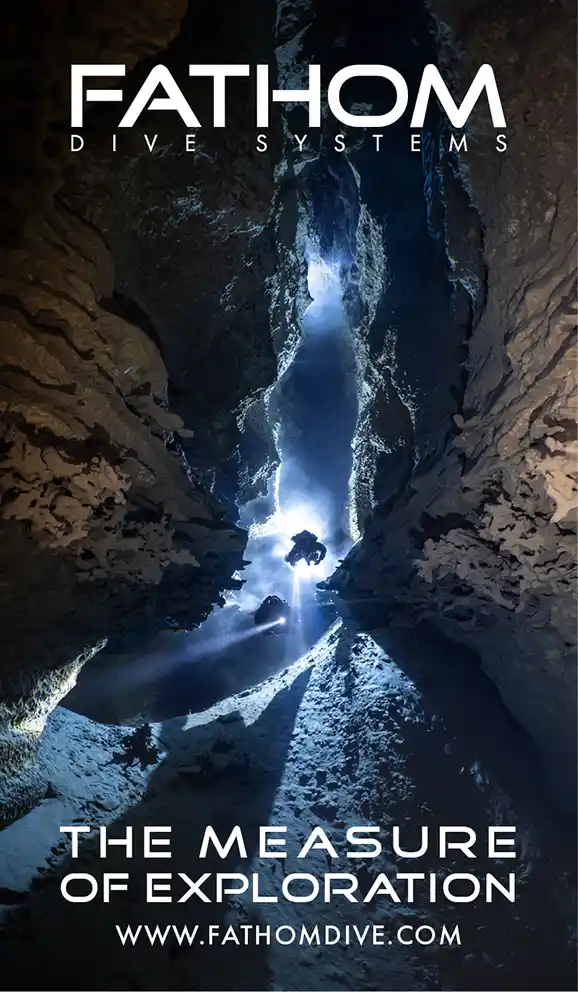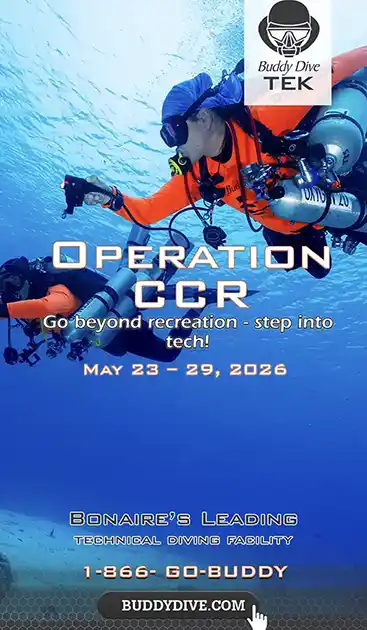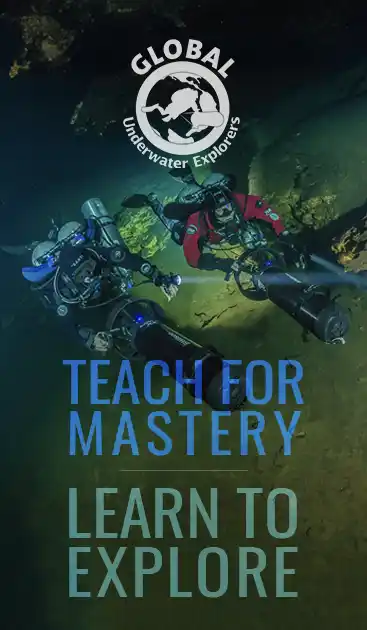Latest Features
What Not To Die For: A Guide to Efficient Expenditure of Human Resources
Veteran caver and training officer with the British Cave Group, Michael Thomas, weighs in on the attitude required for cave and technical diving, and most importantly, for staying alive—a goal that is arguably a community work in progress. As Thomas points out, the standards we practice today are written on the backs of those we’ve lost. Read what the man had to say.
by Michael Thomas. Images courtesy of the author.

In the first month of 2025, three adventurers set out on independent trips for a good day out. All ended in tragedy.
An experienced climber in the USA who was abseiling from a climb fell when he connected onto the pull down rope and not the live abseil rope. A caver in the UK fell from the rope whilst on the ascent from a deep vertical cave. A cave diver in Spain became lost and disoriented during a cave dive and failed to return to the surface.
I’m not going to speculate on why each accident happened. Full accident investigations and reports are needed to learn anything constructive from these sad events. Accidents are never as simple as they seem; Human Factors always come into play.
Back in August 2019, I wrote a blog for TDI entitled “Slow Down Young Fella” about attitudes in technical diving and the speed with which divers progress through the certification process to reach the highest rewards.
Now—six years later—has anything changed? Why, in the space of a few days, did three adventurous people depart this mortal realm? What can we do to improve the odds?
“What The Butler Saw,” Joe Orton
As an instructor and a keen diver, I spend a lot of time diving and rubbing elbows with divers and dive professionals. We see much: We pay attention not only to the student or client diver(s) but to other divers around us. I like to know other divers’ plans so we don’t clash in the water; I like to know if someone or something is going to potentially become my problem—especially at a busy dive center, boat, or underground dive base.
The hardcore, in-it-for-life divers are still doing the diving: the same faces, just a little bit older, but with the same steady, proven procedures. Many newer divers (and, importantly, younger) divers have appeared in the last 18 months, and that is excellent. The keenness and excitement comes with the same old issues: large groups of open water students being overweighted, in leaking drysuits, kneeling on the bottom, with inefficient finning, and with instructors telling students in the UK that we have no good diving at home and to go someplace warm once certified. This is all fixable at a later date, (and this is also part of the problem at entry-level tech), but we really should be doing better at the start. I know many that are really setting great standards, but we still have a ways to go.
Now, at the technical end, it’s split into two camps: We have divers that are diving a lot and working hard on all the little skills that make diving effortlessly fun. It is supposed to be fun, yes? When they turn up to do, say, cave or CCR training, we can get on and concentrate on the cave or rebreather. Basic equipment, drysuits, gearing up, and swimming are all dialled in and second nature.

These divers have done their homework and know what they want to achieve and why. Then we have divers that meet the agency standards for the training but have not spent the time honing the skills required before the training to actually make the grade or even show an acceptable example of diver-craft.
When we explain what is actually required of them (a difficult conversation), it comes as a shock. The advanced divers that are all over social media look amazing: Some are actually amazing, and some are terrifying! But, either way, they invest plenty of personal work to get to that point.
“What has it got in its pocketses?” Gollum
We as modern divers have never had it better when it comes to equipment choices. You can spend your hard-earned cash on the equipment that you like: drysuits, harness, DPVs, CCRs, dive lights, fins—the list is nearly endless from some superb manufacturers. But all the toys do not make a diver if the diver cannot use the equipment or is not comfortable in the equipment. Getting your mates to help you set up an out-of-the-box sidemount harness because they did a course generally results in a suboptimal system and problems down the line. Equipment is expensive and, if you buy a harness or even CCR, and it’s not quite right for you, you can either struggle on because it was expensive or bite the bullet and change it.
An uncomfortable diver will never achieve at tech level. Also, think about what you are carrying during the dive. Every tool has a job, but streamline it. I’m seeing some tech divers carrying huge amounts of equipment: They go to pull something out of their pockets and it’s like diver confetti with junk all over the floor.
“Give me six hours to chop down a tree and I will spend the first four sharpening the axe.” Abraham Lincoln.
The key to technical diving (and exploration, and actually any diving) is preparation. It starts with an idea to dive something and grows into a plan. Think sump diving in remote locations underground. If a team needs to be put together, are they all at a level to do the dive? If not, we need to change the team or change the dive plan.
I always try to include at least one support diver to give them the training and experience to go on and run their own projects. It’s a hard call who to take on projects, but choosing divers that can do the diving will get better results and generally be safer as you are not putting divers who are not ready at the sharp end. Then do build-up dives and actually go diving; performing some skills at the end of the dive is good practice, but don’t spend the entire dive on skills.
Fitness is extremely important for diving—especially tech and cave diving. It’s a physical activity getting underground to dive bases in some parts of the world, often up and down ropes. So is being fully kitted on a dive boat in heavy seas—and this is when it’s all going well. If something goes wrong, the physical fitness required to lift or move a tech diver underwater or drag them to a safer place underground is immense.
As the years have passed, I’ve noticed an increasing lack of general fitness in divers. If you can’t walk up a flight of stairs with a cylinder and other equipment in a bag without puffing and panting, you need to do something about it. Every day is leg day! The cylinder is heavy whether you’re walking or standing still. As we get older, staying fit for purpose does get harder: it just needs constant attention and work without hurting or damaging your knees, hips, back, and so on.
Tech and cave diving is truly a selfish pastime, you need to invest a lot of time, energy and money into getting the results you want and diving the sites you like. Many divers drop away because of the pressure of a family and work/life balance.

“The Longer I live, the more certain I am that there are no accidents in life. There are no chance meetings; everything happens according to a plan, regularly and in order” Anatoli Boukreev
Certification means nothing without ability, experience and an understanding of the skill sets required. A diver needs to be paying attention and constantly working to stay safe and enjoy their chosen environment. A certification only means they have met the required standards at that moment in time. Without constant diving, personal learning, and gaining knowledge, the diver will slip below the certification standard. I do worry when I see divers bouncing from one certification to the next with minimal real world diving between the training sessions. I nag those divers to go diving because I like them. The consequences are dire, things often go wrong, and there is always risk. Nevertheless, with correct training and real time diving, the risk is reduced. Stay sharp.
“To travel is to live,” Hans Christian Andersen
It’s not really a good plan to rush to dive the things you have read about, the things that inspire you, or frankly—in this day and age— the things you have seen on Instagram or some Influencers page. The pretty photos do not show the time, work and effort required to get to that level. They also do not teach the diver to build the mental capacity and mental strength. Both are extremely important when dealing with complex systems such as CCR and diving in complex environments such as caves and wrecks.
Without the diver building all of the above skills over time, the risk of a terminal and potentially avoidable accident sadly increases. I cross the boundary in diving along with a few others, from the end of the beginning of technical diving to the now of technical diving. The standards we use today are written on the backs of those we lost. Do not repeat the mistakes of the past. All the information and training you need to gain real world knowledge is available. You just need to put the “much” work in.
Finally, I’ll reiterate the same ending I used nearly six years ago, because it is worth remembering the words of Edward Whymper, a mountaineer in the 1860s whose ascent of the Matterhorn in 1865, while a triumph, proved to be also a tragedy when four of his seven companions died.
“Climb if you will, but remember that courage and strength are naught without prudence and that a momentary negligence may destroy the happiness of a lifetime. Do nothing in haste; look well to each step; and from the beginning think what may be the end.”
Slow down and enjoy the journey.
Dive safe, all.
DIVE DEEPER
InDEPTH: Opinion: Don’t Break That Record by Dimitris Fifis
Other stories by Michael Thomas:
InDEPTH: British Invasion—Thailand Karst Edition 2024 by Michael Thomas
InDEPTH: Meet the British Underground by Michael Thomas
InDEPTH: Dem Bones, Dem Bones, Dem Wookey Bones by Michael Thomas

Michael Thomas is the Training Officer of the British Cave Diving Group (CDG) Somerset Section. The CDG is credited with being the first organization to develop sidemount diving in the early 1960s. Mike is an avid promoter of sidemount and cave diving and he is also a Full Cave instructor, and a sidemount and tech instructor with TDI. In addition to being a Fellow of the Royal Geographic Society, he is on the British Cave Rescue call list. His primary focus has always been cave exploration and cave diving, both at home in the UK and in foreign lands. When not working on his own diving projects, I teach technical and cave diving full time.

